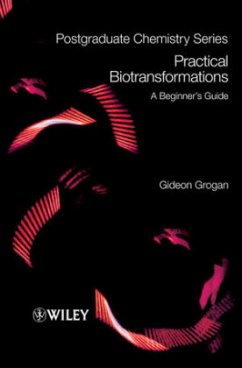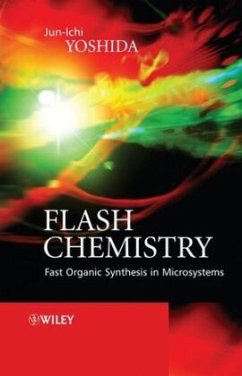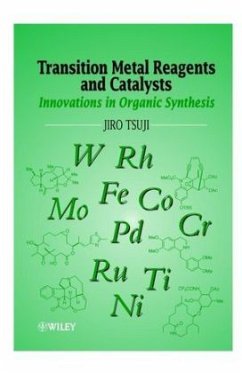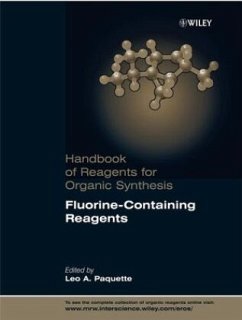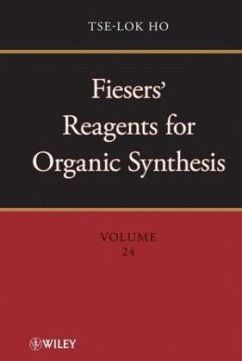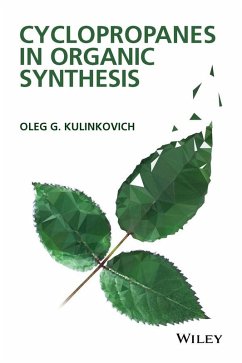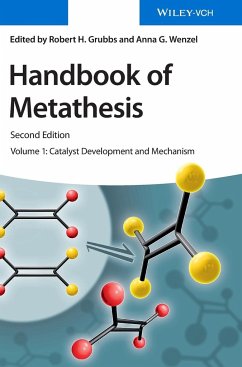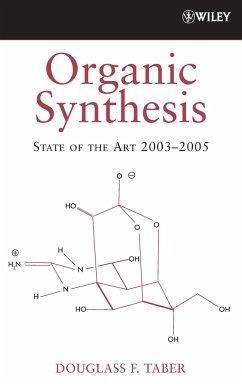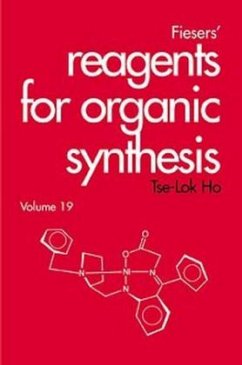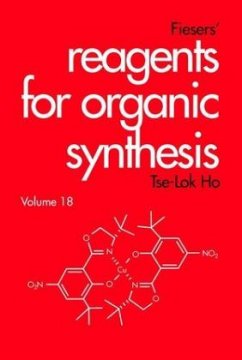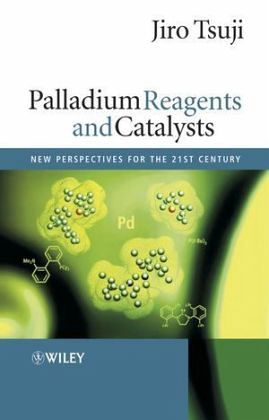
Palladium Reagents and Catalysts
New Perspectives for the 21st Century
Versandkostenfrei!
Versandfertig in über 4 Wochen
151,99 €
inkl. MwSt.
Weitere Ausgaben:

PAYBACK Punkte
76 °P sammeln!
Improving upon excellence, this second edition of its best-selling predecessor brings to synthetic organic chemists the many applications of organopalladium chemistry, highlighting the most recent discoveries in this rapidly expanding field. This is an ideal text/reference book for those studying this topics.
Jiro Tsuji, one of the pioneers in this field of organic synthesis, provides synthetic organic chemists with a remarkable overview of the many applications of organopalladium chemistry. Tsuji discusses the recent developments in the field as well as the explosive growth over the last five years.
Highlighting the most recent discoveries in this rapidly expanding field, the book;
_ Focuses on new aspects of organopalladium chemistry, putting emphasis on synthetic applications
_ Investigates the new perspectives on the synthetic uses of contemporary organopalladium chemistry
This volume, together with Innovations in Organic Synthesis, Tsuji's previous title, provides complete coverage of over 40 years of organopalladium chemistry.
Palladium Reagents and Catalysts: New Perspectives for the 21st Century is an essential reference source and companion for students, and both industrial and academic research chemists working in organic synthesis, particularlyon synthesis of natural products and medicinal compounds.
Those studying development of new synthetic methodology and organometallic chemistry will also find this book valuable.
Highlighting the most recent discoveries in this rapidly expanding field, the book;
_ Focuses on new aspects of organopalladium chemistry, putting emphasis on synthetic applications
_ Investigates the new perspectives on the synthetic uses of contemporary organopalladium chemistry
This volume, together with Innovations in Organic Synthesis, Tsuji's previous title, provides complete coverage of over 40 years of organopalladium chemistry.
Palladium Reagents and Catalysts: New Perspectives for the 21st Century is an essential reference source and companion for students, and both industrial and academic research chemists working in organic synthesis, particularlyon synthesis of natural products and medicinal compounds.
Those studying development of new synthetic methodology and organometallic chemistry will also find this book valuable.



